
It’s a common issue—you’re sitting there quietly, maybe drinking a cup of coffee or scrolling on your phone, when you’re interrupted by a strange noise. When you go searching for the source of the noise—horror of horrors! It’s your trusty refrigerator. Whether you’re hearing a buzzing, humming, knocking, or even a grinding noise, we’ve got the solution. Read on to find out what to do.
Please note: if you try one fix and it doesn’t work, don’t despair. Just move on to the next solution on our list.
Buzzing/ humming noise
Faulty evaporator fan
One of the most common causes of a buzzing refrigerator is a problem with your evaporator fan. To fix this issue, follow these steps:
- Unplug the refrigerator to ensure safety.
- Locate the evaporator fan, usually found behind the freezer’s back panel.
- Remove the panel by unscrewing or unclipping it.
- Inspect the fan for visible damage, debris, or ice buildup.
- Clean any debris and defrost the ice using a hairdryer on low heat.
- Test the fan by spinning it manually. If it doesn’t spin freely, the motor may be faulty.
- Disconnect the fan motor’s wiring and remove the mounting screws.
- Replace the motor with a compatible new one.
- Reattach the wiring and secure the new motor with screws.
- Reinstall the back panel and plug in the refrigerator.
Faulty condenser fan
Another similar issue that can cause buzzing or humming is a problem with the condenser fan. Although the causes of a faulty condenser fan are different and they are located in different places, replacing this fan is pretty similar to replacing the evaporator fan.
- Locate the condenser fan, usually near the compressor at the bottom or back of the fridge.
- Remove the rear access panel by unscrewing or unclipping it.
- Inspect the fan for visible damage, debris, or obstructions.
- Clean any debris with a brush or cloth.
- Test the fan by spinning it manually. If it doesn’t spin freely, the motor may be faulty.
- Disconnect the fan motor’s wiring and remove the mounting screws.
- Replace the motor with a compatible new one.
- Reattach the wiring and secure the new motor with screws.
- Reinstall the rear access panel and plug in the refrigerator.
Vibrating noise
Loose parts
This might sound too easy, but loose parts are actually a pretty common cause of a noisy refrigerator. Maybe you placed the shelves in the fridge incorrectly, or there might be a loose screw or tray rattling around. Either way, if something is loose that shouldn’t be, it can lead to a vibrating noise.
To check if this is your issue, follow the sound and see if there is anything that stops making noise if you hold it still. If this turns out to be the problem, then replacing a screw or making sure everything is properly in place should fix the problem.
Fridge too close to the wall
A similarly easy problem to fix, this one is especially likely if you’ve recently moved your fridge to clean behind or around it. If your fridge is too close to the wall or to another appliance, the small, natural vibrations made by the cooling process may sound louder. To fix this issue, simply pull your fridge away from the wall or any other appliances and enjoy your newfound silence.
Knocking noise
Faulty compressor
Fixing a faulty compressor can be complex and potentially dangerous due to the high voltage and refrigerant handling involved. It is best to consult a professional technician, but if you are an experienced DIYer and want to proceed, you can follow these steps:
- Locate the compressor, typically at the bottom or back of the fridge.
- Check for loose or damaged wiring and fix or replace these if needed.
- Test the compressor’s start relay and capacitor using a multimeter; replace any faulty components.
- If the compressor itself is faulty, carefully disconnect the refrigerant lines and wiring.
- Remove the mounting bolts and extract the compressor.
- Install a compatible new compressor, and reattach the mounting bolts, wiring, and refrigerant lines.
- Recharge the refrigeration system with the appropriate refrigerant.
- Test the fridge for proper cooling and noise levels.
Faulty start relay
- Locate the start relay, usually found near the compressor at the bottom or back of the fridge.
- Remove the rear access panel by unscrewing or unclipping it.
- Carefully disconnect the start relay from the compressor terminals.
- Test the relay using a multimeter for continuity; if it is faulty, get a replacement.
- Purchase a compatible replacement relay based on the fridge model.
- Attach the new relay to the compressor terminals, ensuring a secure connection.
- Reinstall the rear access panel and plug in the refrigerator.
- Monitor the fridge’s performance to confirm the issue is resolved.
Faulty defrost timer
If your defrost timer is faulty, you’ll notice your freezer is frequently icing up, as well as producing a banging or knocking noise. To fix this issue:
- First, locate the defrost timer; it could be in the control panel, behind the fridge, or at the bottom.
- Remove the panel or cover concealing the timer, using a screwdriver or by unclipping it.
- Detach the wiring harness connected to the timer.
- Unscrew or unclip the faulty timer from its mounting position.
- Purchase a compatible replacement timer based on your fridge model.
- Install the new timer, securing it with screws or clips.
Grinding noise
Worn bearing in the fan motors
Fixing worn bearings in refrigerator fan motors typically requires replacing the motor, as bearings are often integrated into the motor assembly. Once you’ve identified which motor you need to replace, (it will be either the condenser fan motor or the evaporator fan motor), then follow these steps:
- Remove the appropriate panel (back panel for evaporator, rear access panel for condenser) by unscrewing or unclipping it.
- Inspect the fan for visible damage; confirm that worn bearings are the issue.
- Disconnect the fan motor’s wiring and remove the mounting screws.
- Purchase a compatible replacement motor based on your fridge model.
- Install the new motor and secure it with screws.
- Reattach the wiring and reinstall the panel.
- Plug in the refrigerator and monitor its performance.
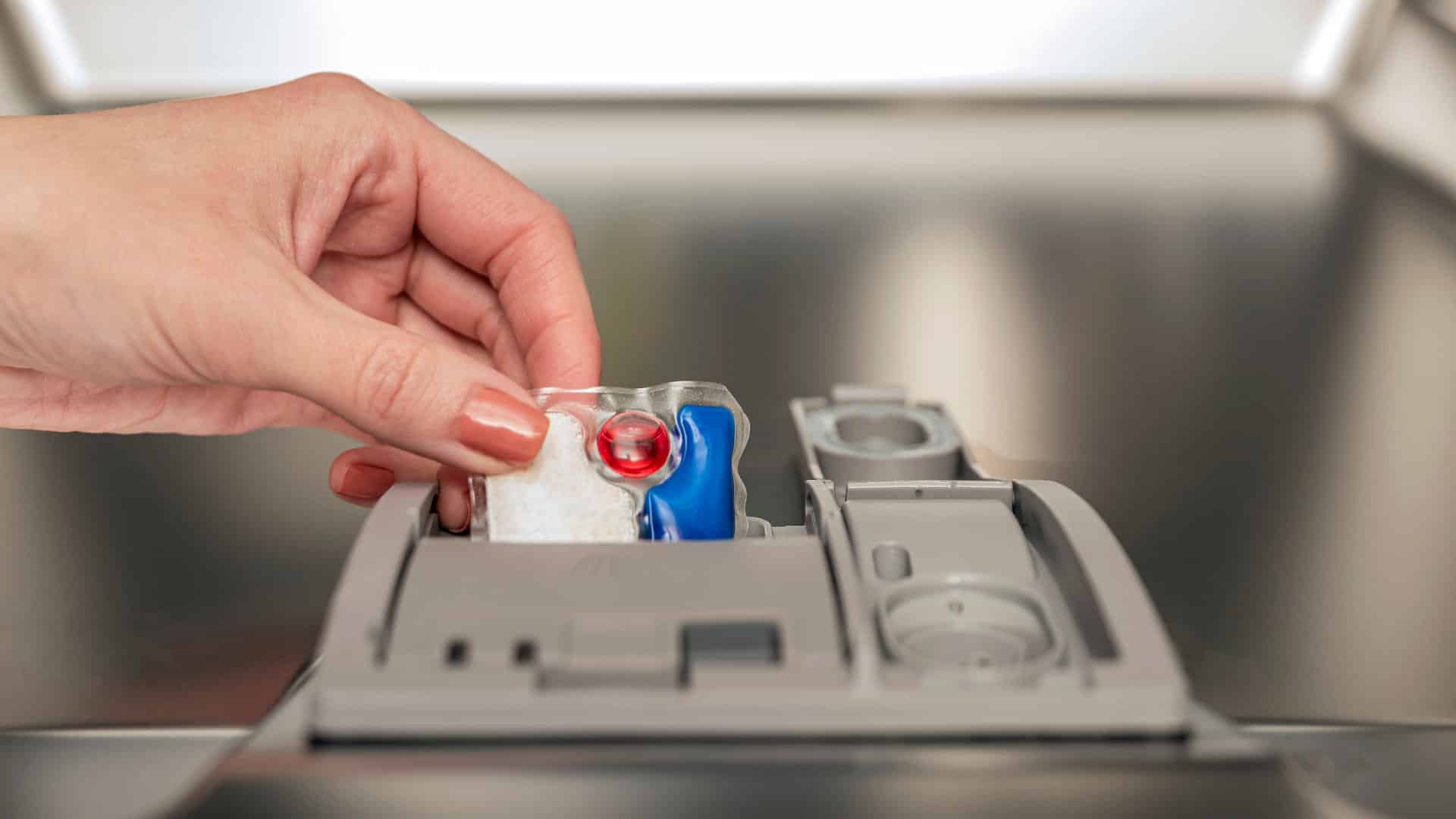
How to Clear E24 Error on Bosch Dishwasher

Samsung Dryer Not Heating Properly? (5 Fixes)
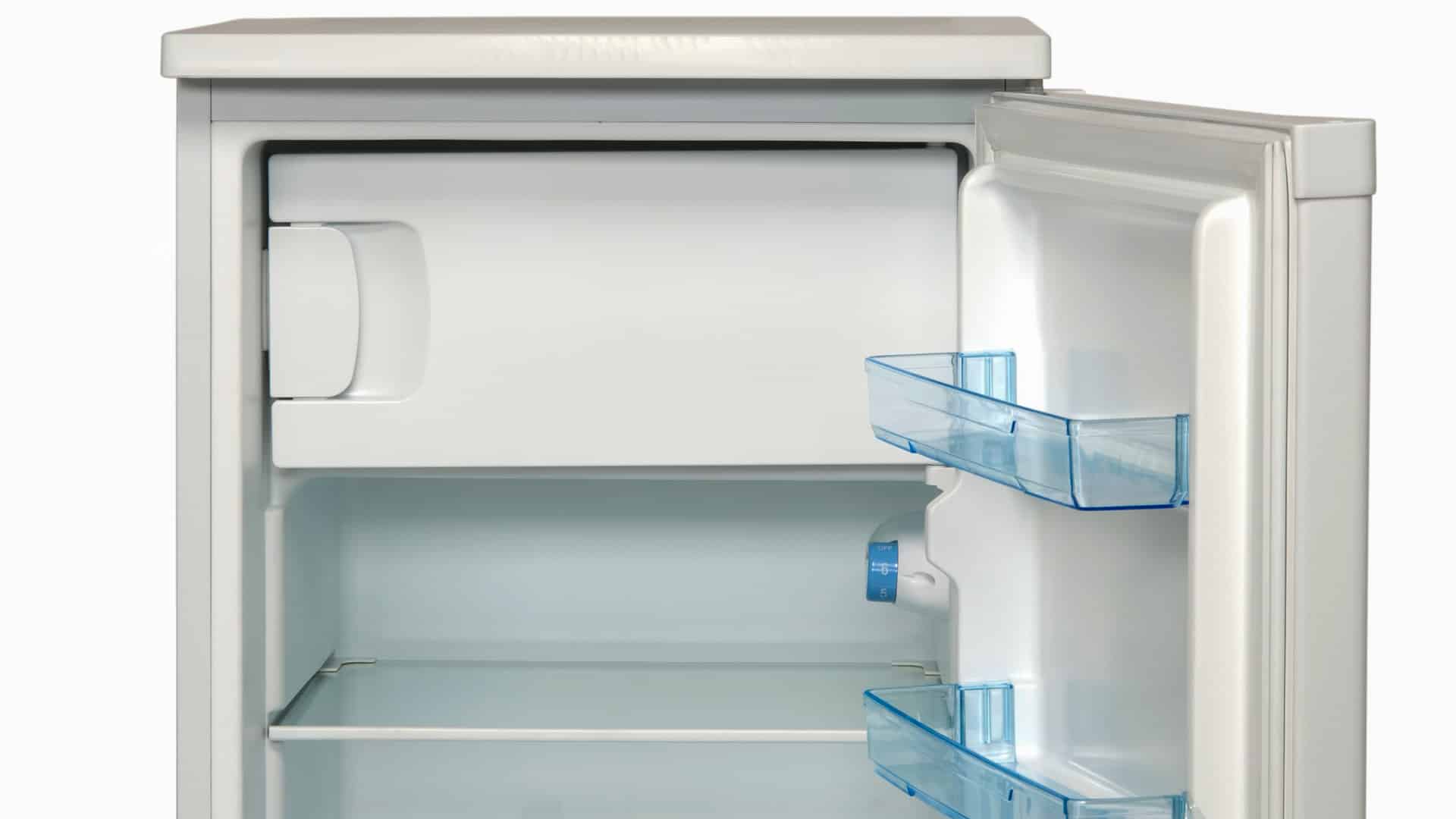
Why Is Your Mini Fridge Not Cooling? (5 Potential Reasons)
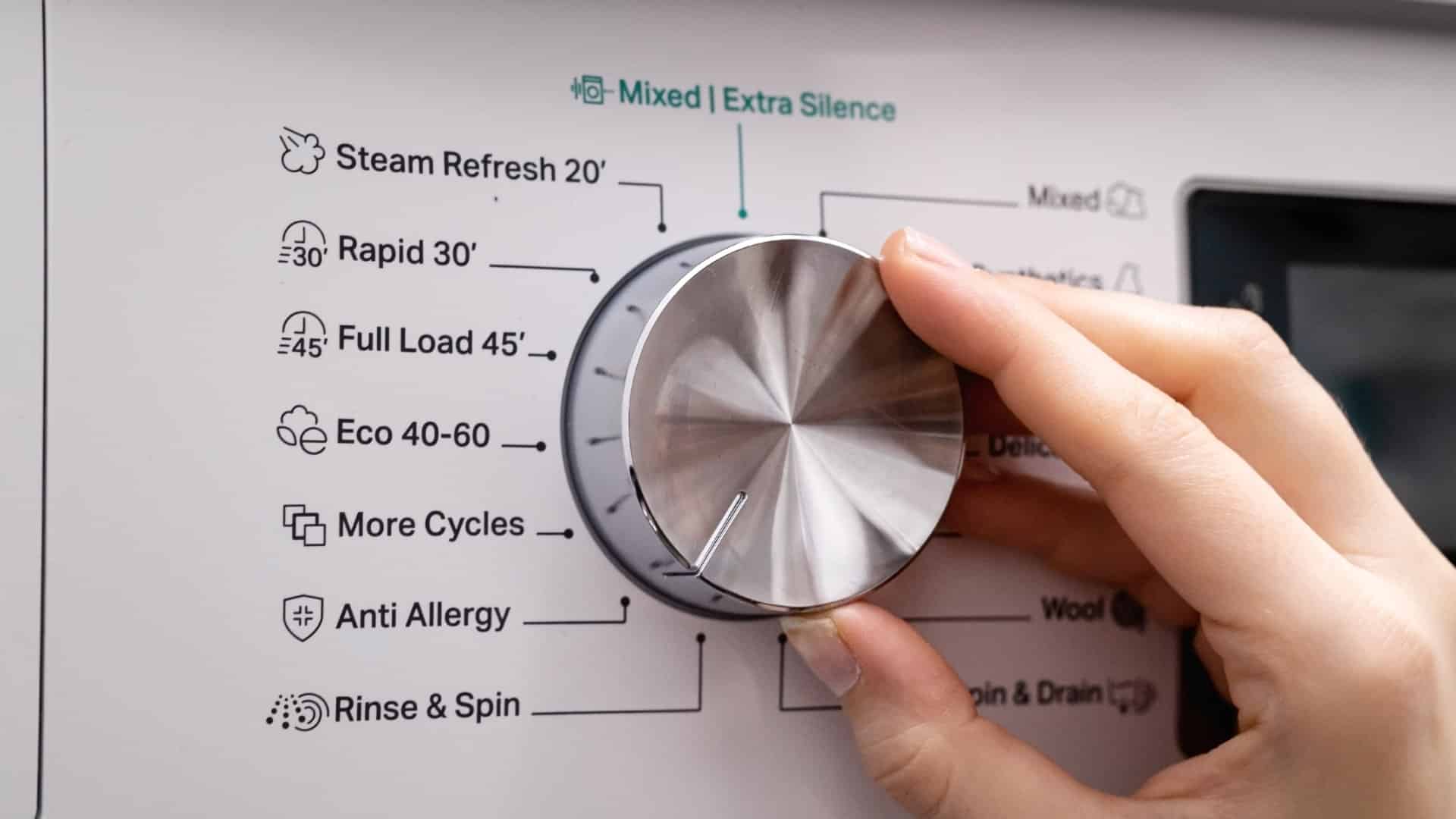
How to Fix Samsung Washer Error Code 4C
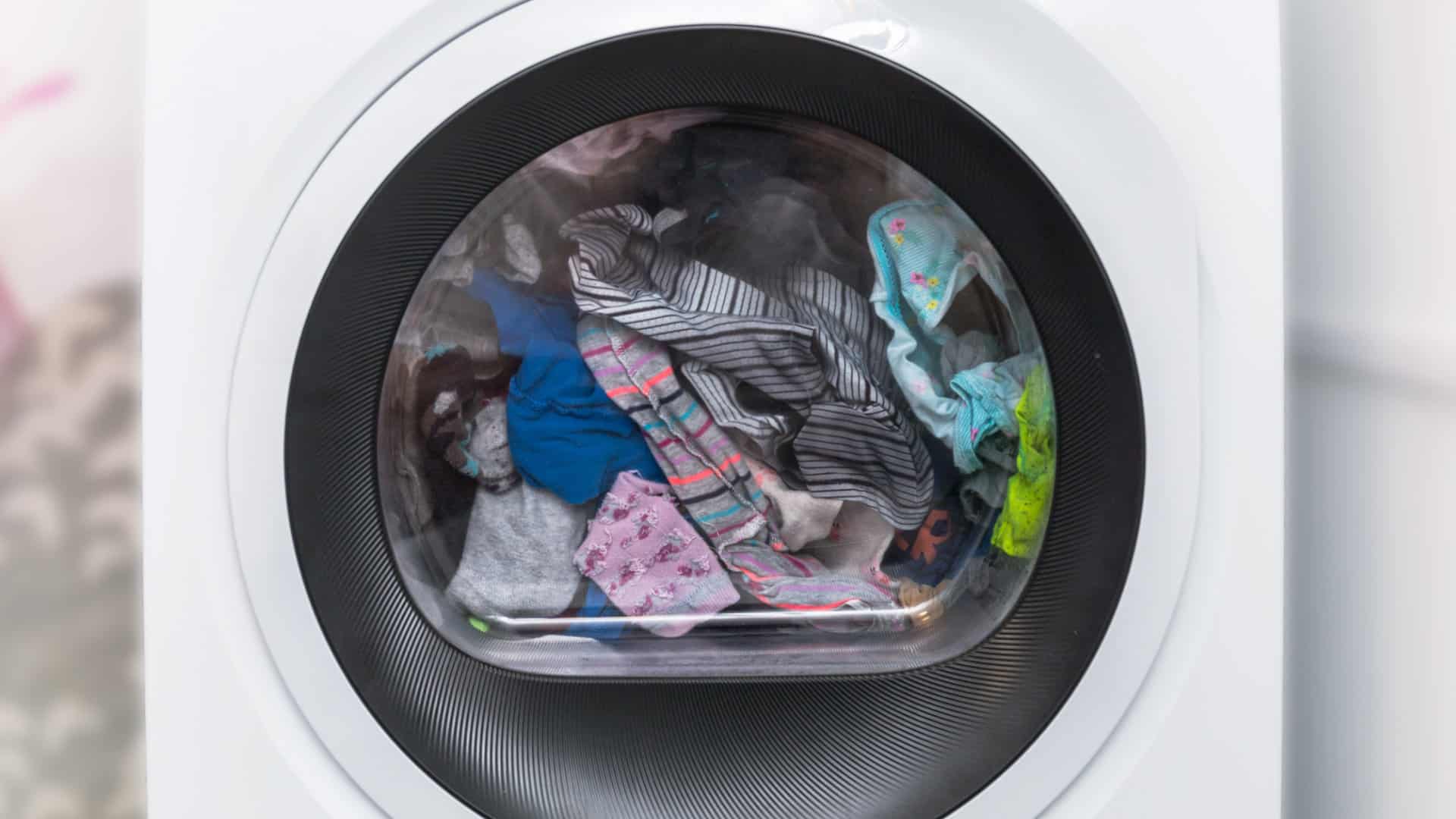
How to Resolve UE Error Code on your LG Washer
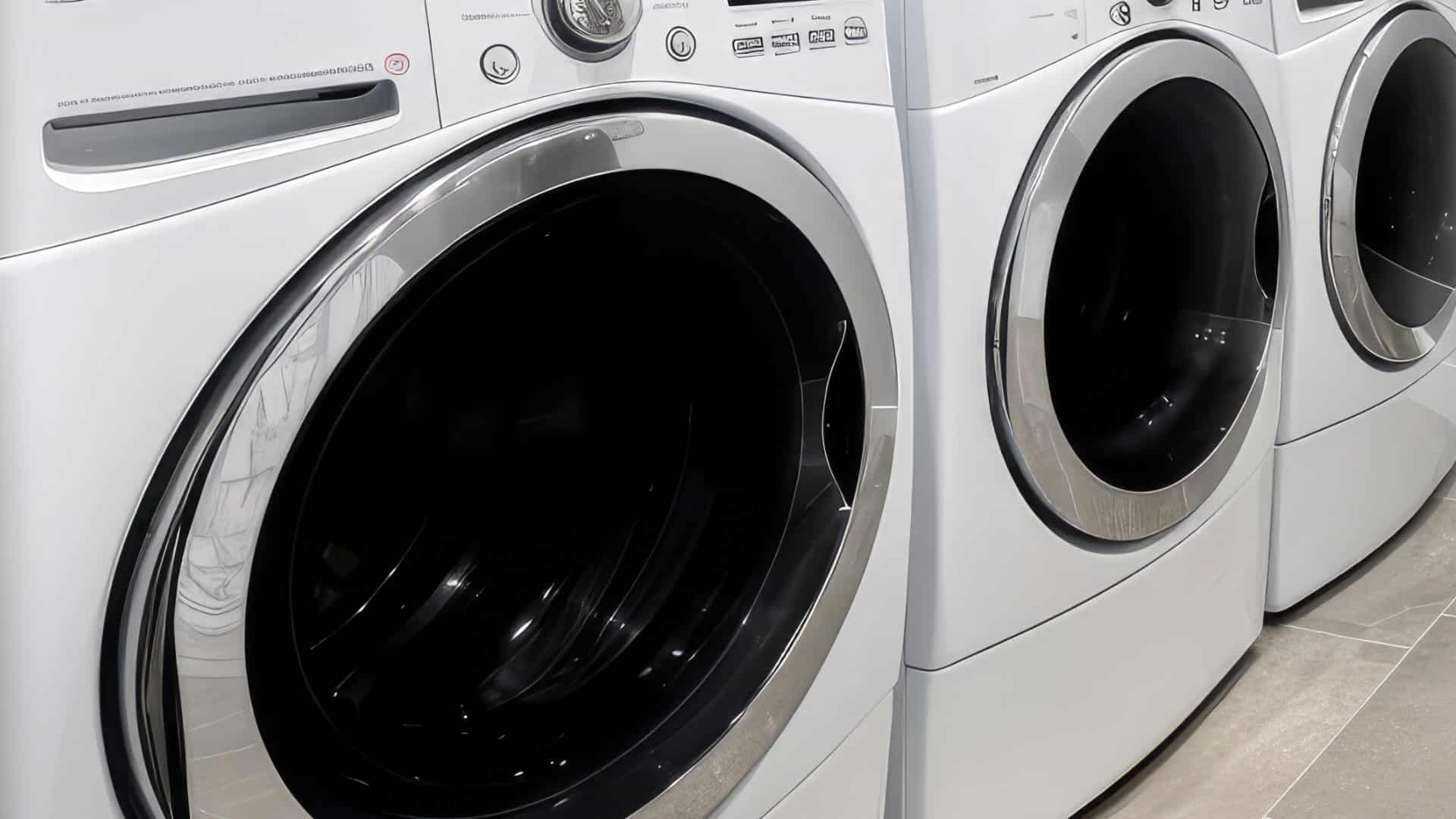
LG Washing Machine Error Codes: How to Fix Them
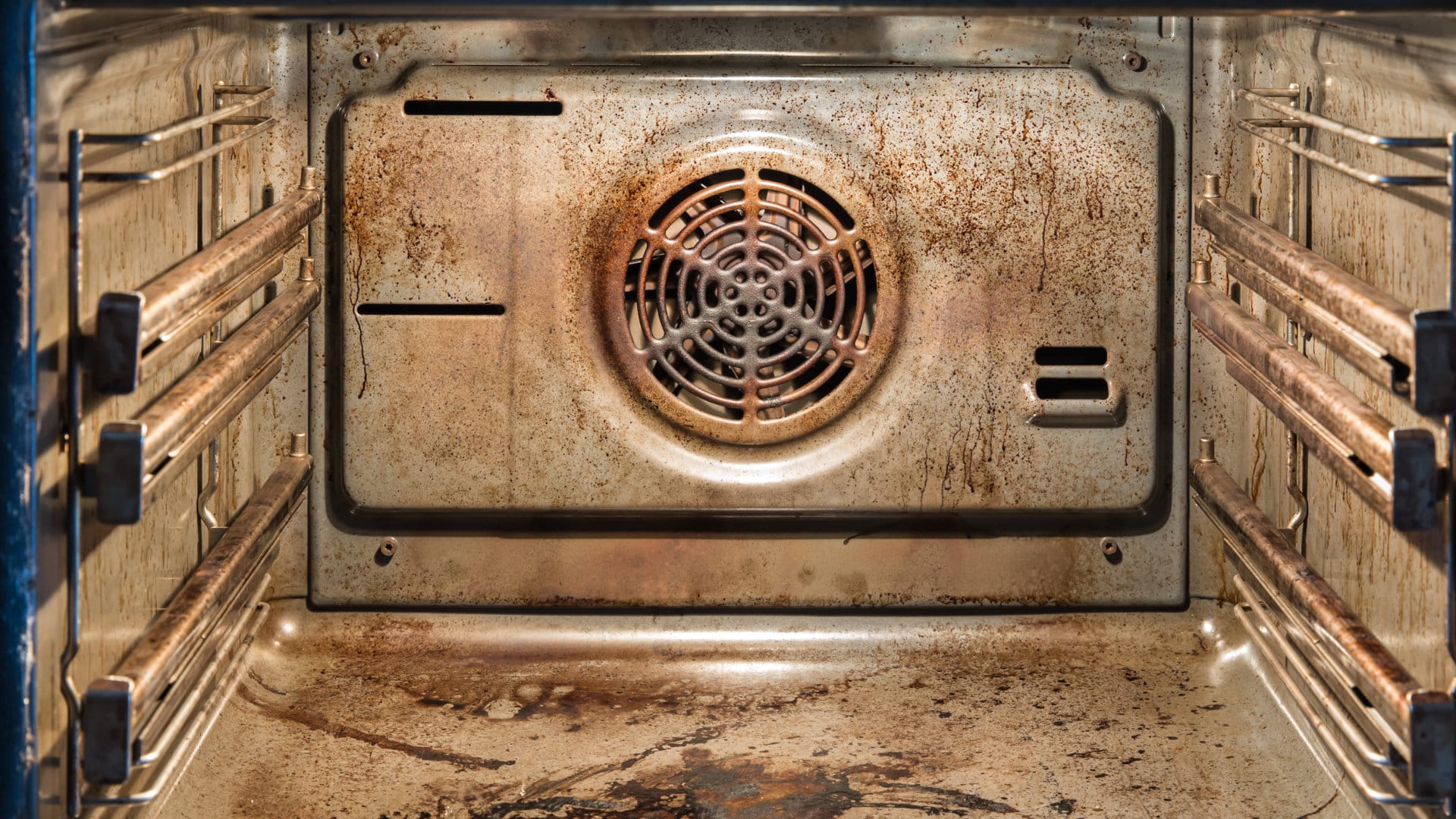
How to Unlock LG Oven Door (After Self-Cleaning)
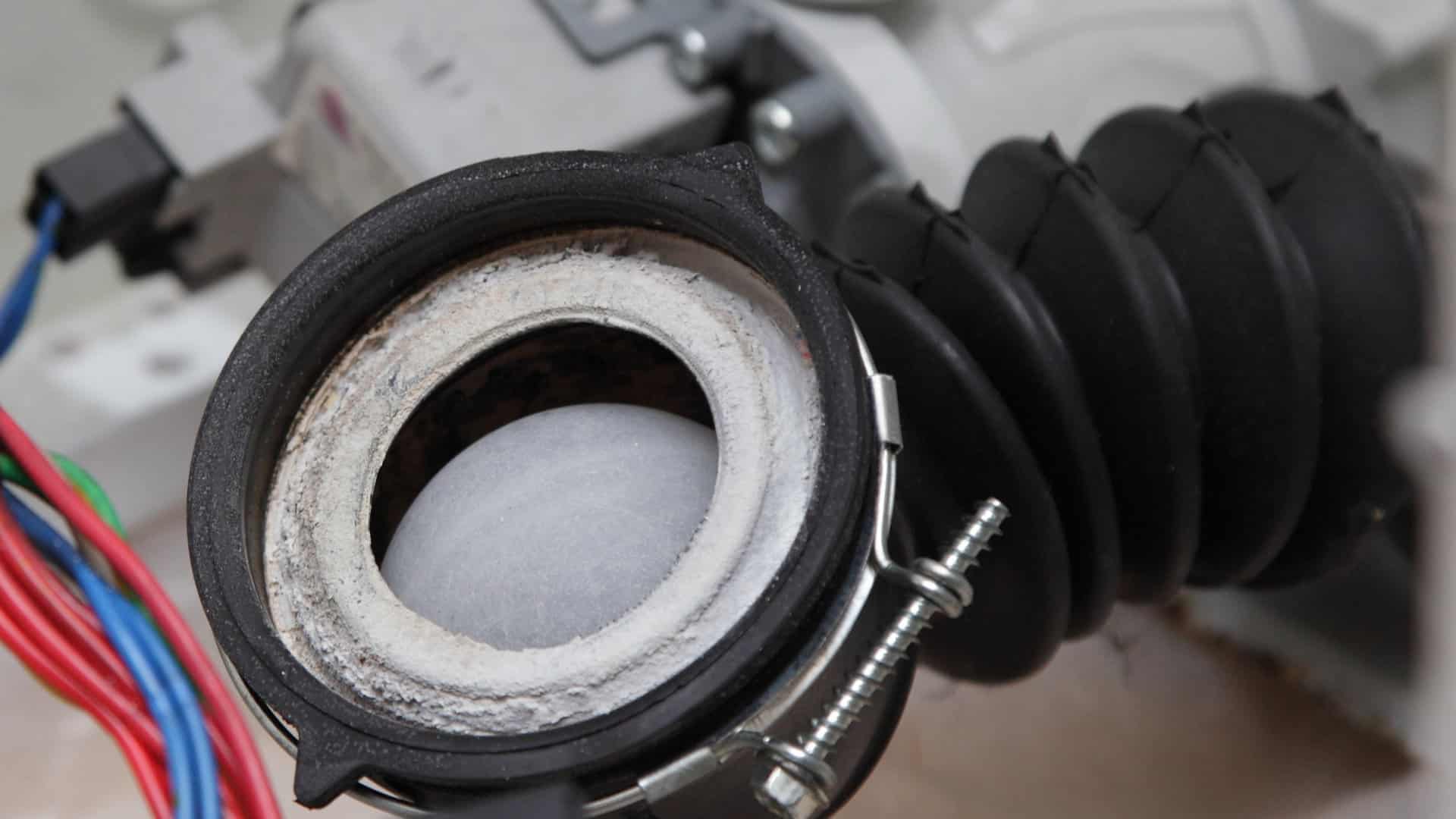
How to Fix LG Washer DE Error Code

Why Your Microwave Is Not Working
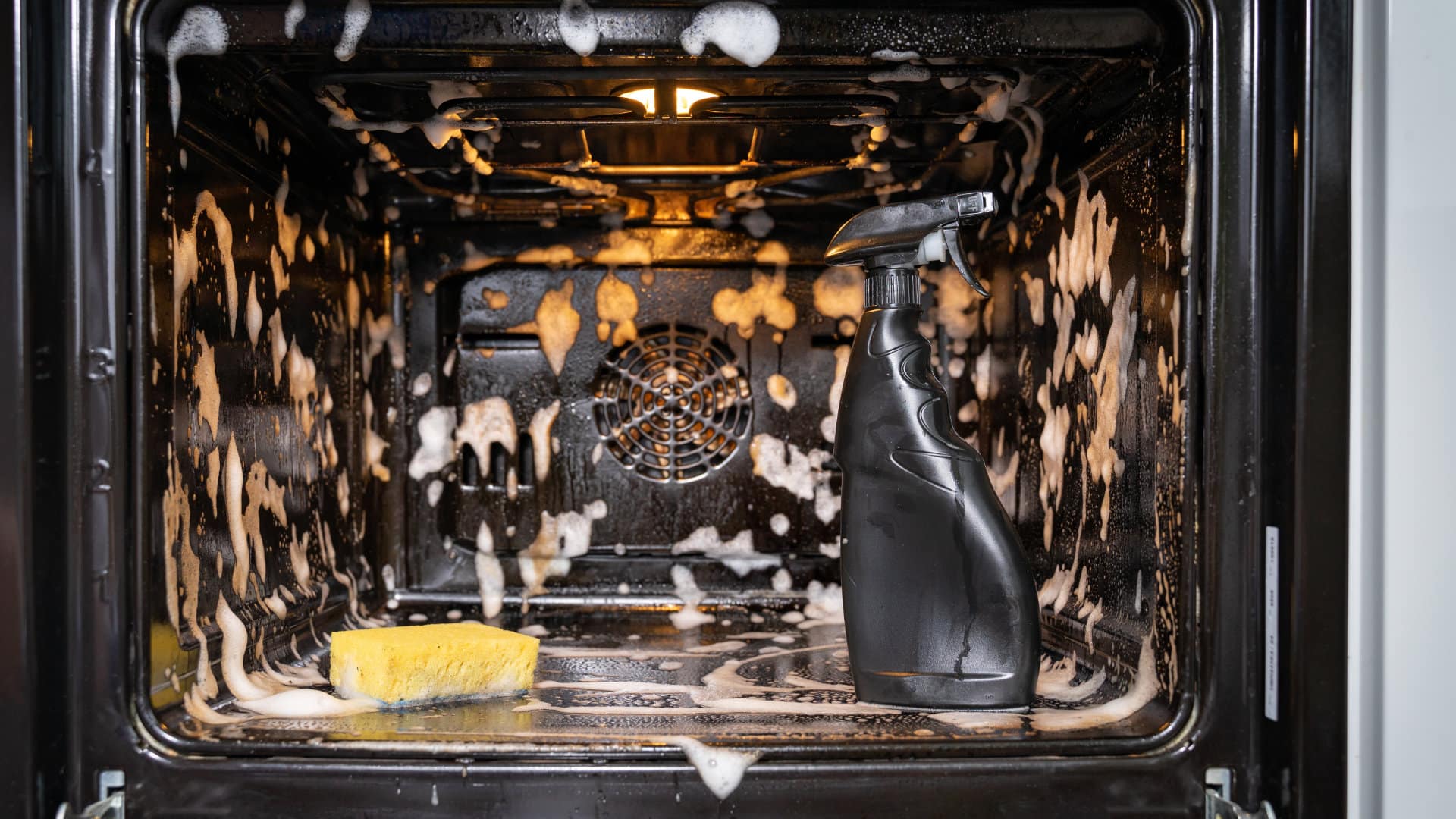
The Quick Guide To Using a GE Self-Cleaning Oven

How to Clean Your Dishwasher with Vinegar

How to Fix a Noisy Refrigerator
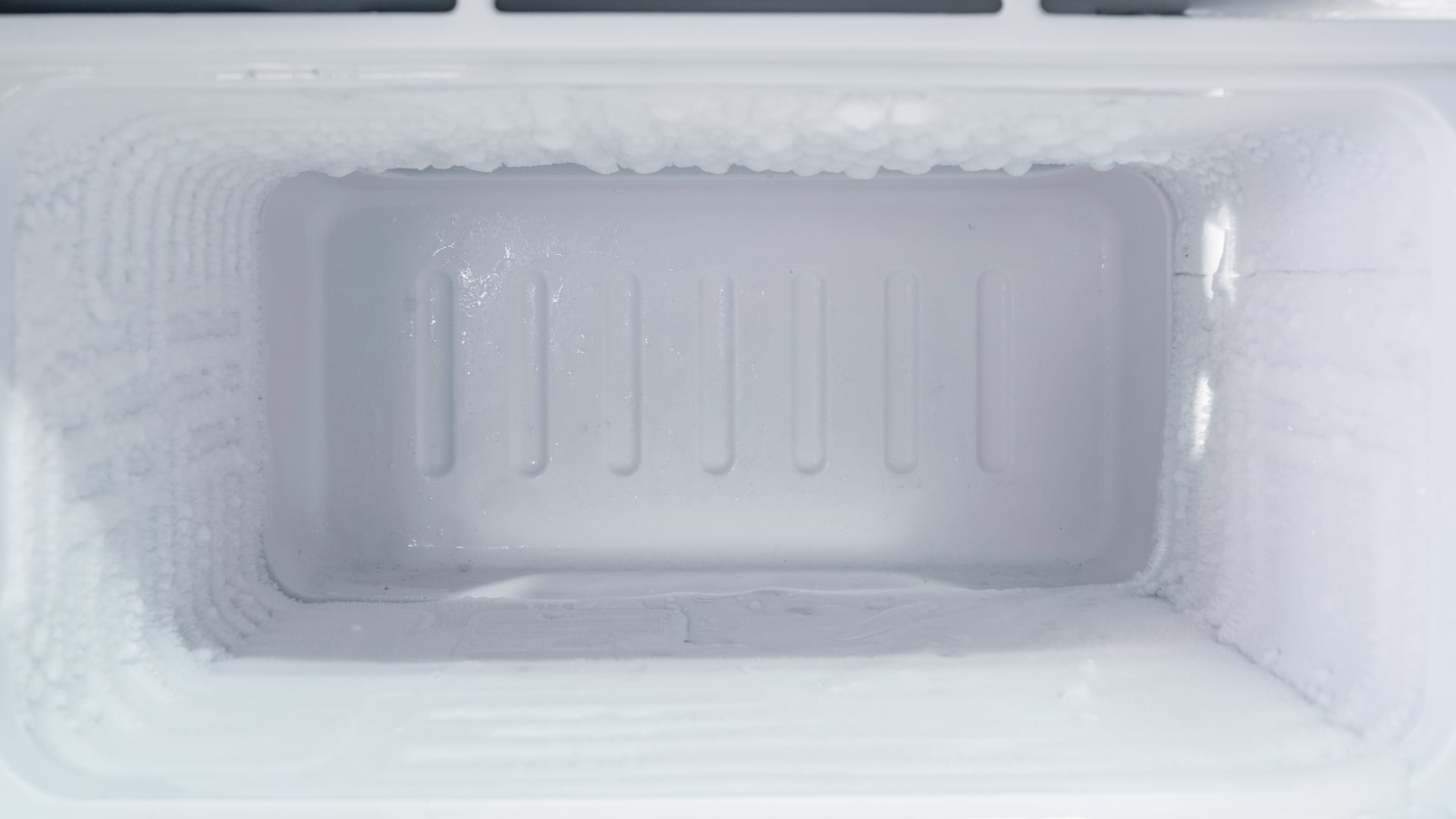
How to Remove Frost Build-up from the Freezer

5 Ways To Clean Your Microwave Naturally


